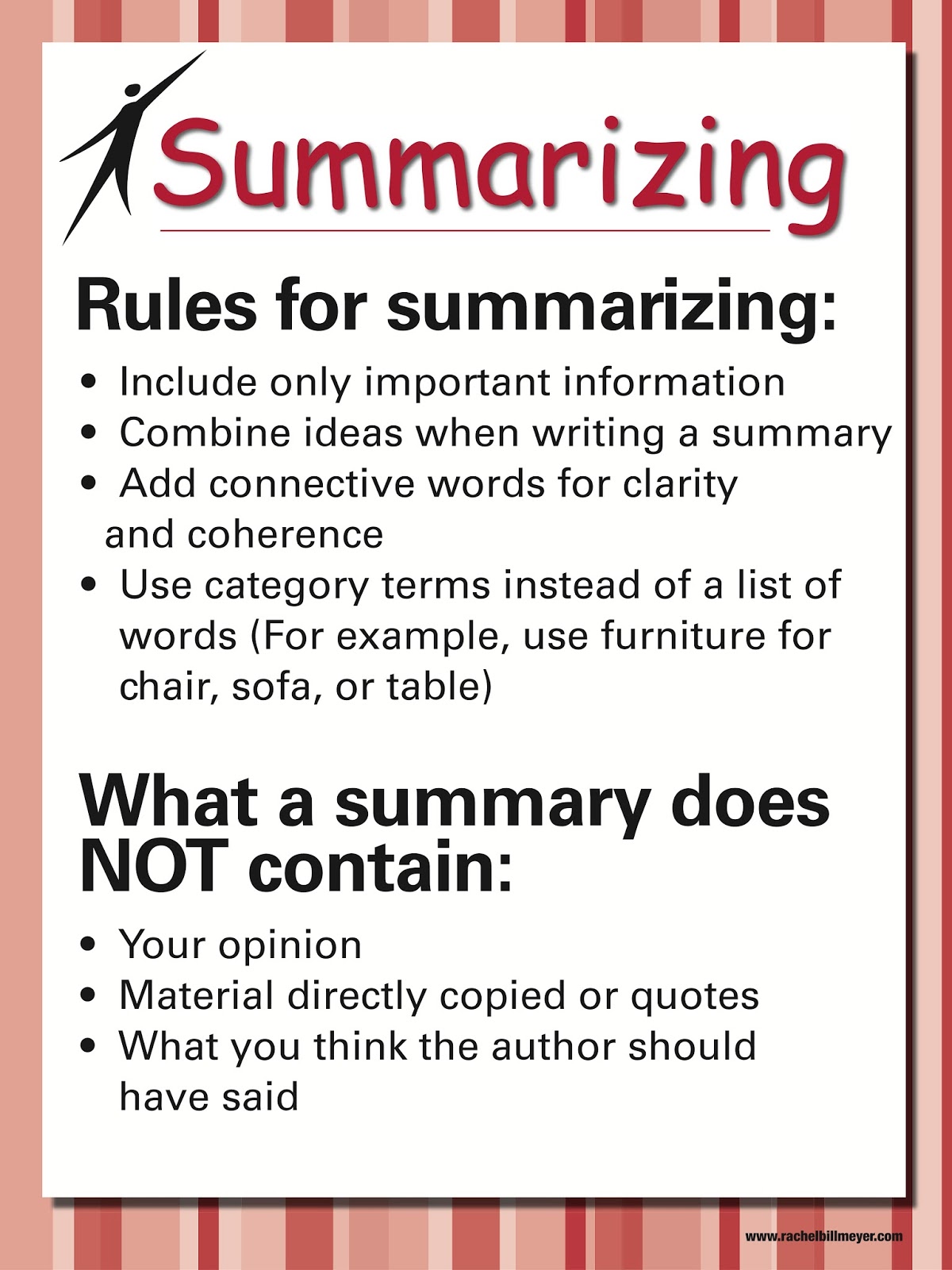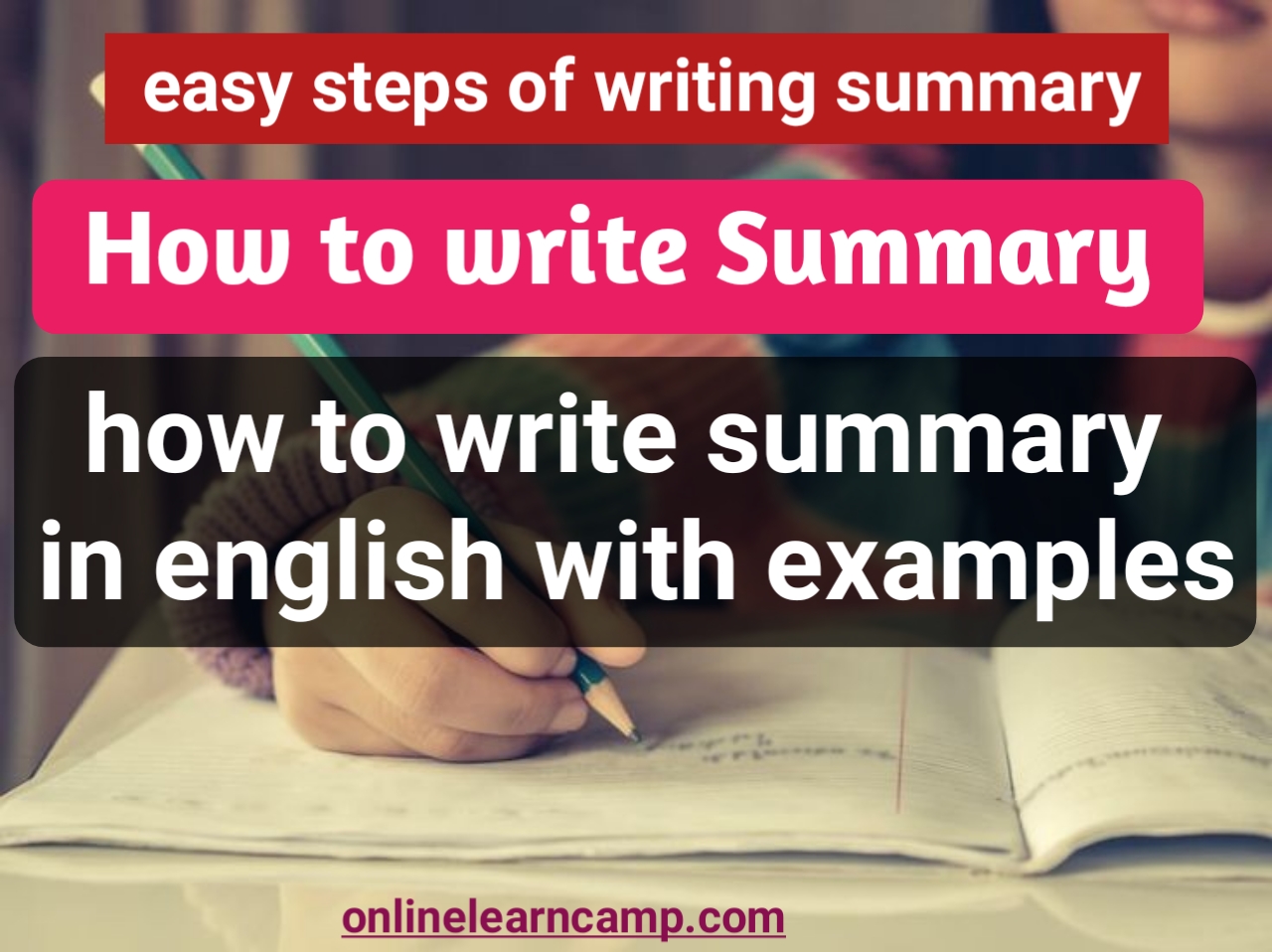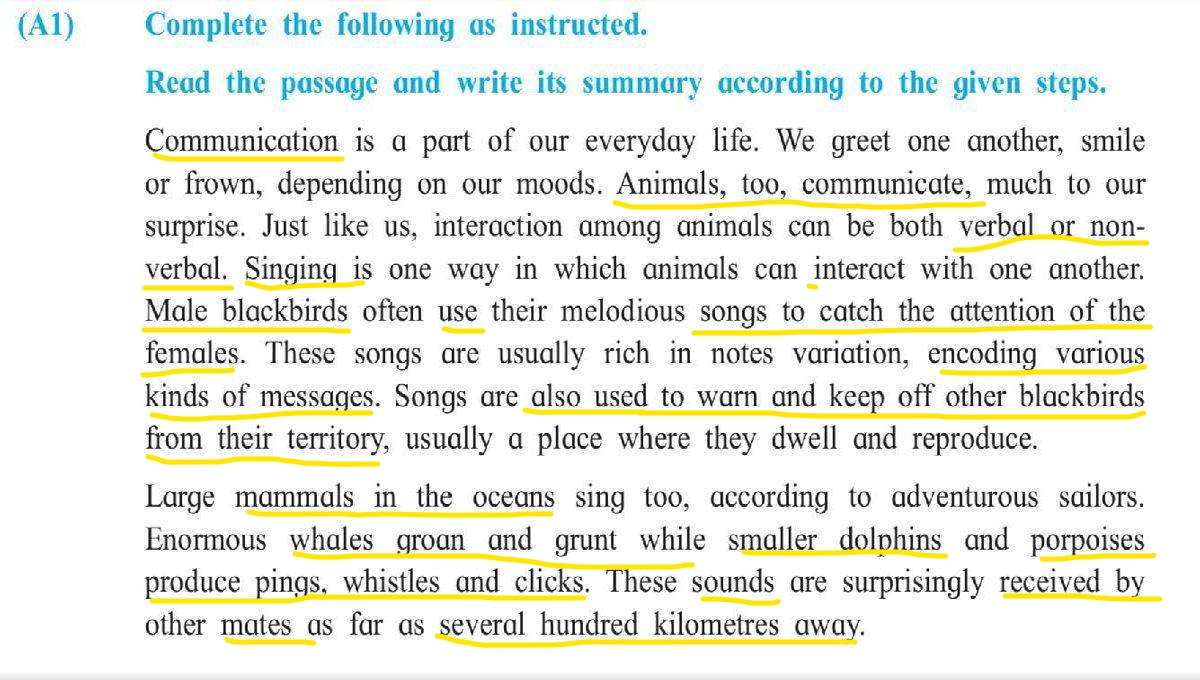Impressive Info About How To Write A Summary Second Grade

Read a chapter and write a summary!
How to write a summary second grade. It actually requires quite a bit of finesse. In second grade, children should be able to write opinion, informative and narrative pieces, according to the common core standards. Want more lessons for teaching reading skills?
Here are our top tips for writing a summary for students to demonstrate their reading comprehension: Complete the sentence or summary with keywords and important. A written summary is just a shortened form of an original text.
Even if your summary is the length of a full paper, you are likely summarizing a book or other significantly longer work. This can be so difficult for kids if they have never. Help your second graders practice their reading fluency while also improving their summarizing skills.
For the most part, summaries are a paragraph in length, but they can be long. Summarizing reading & writing worksheets for grade 2 students: Discover a collection of free printable resources to.
First the student must read and comprehend the. What do you want to learn? Break the text down into sections.
Here are some resources to. To summarize is to put in your own words a shortened version of written or spoken material, stating the main points and leaving out everything that is not essential. Writing a summary {with freebies} one of the skills that second graders are working on this week is writing a summary.
In this quick guide, we explain how to write a summary like an expert. The name of the author. Read a chapter and write a summary!
Explain the key points in your own words. How to summarize a text. They can write a simple essay with a title and introductory sentence, provide examples and.
Writing a good summary is not as easy as it may appear. On the first read, focus simply on. Identify the key points in each section.
Avoid opinions and be concise. As you go, underline the points that you need to include in your summary, that are relevant and important to the question. There are anchor charts, graphic organizers, the “somebody wanted but so then” method, the saac method, the 5 fingered retell, summarizing sentence starters, and more.


















